Since it’s Black History Month and I’ve been raiding the Library of Congress website, I thought I would share these awesome photos of the African-American community in Richmond from 1899.
You see, in 1900 there was a World’s Fair held in Paris and WEB Dubois, Thomas Calloway, and several African-American colleges put together an exhibit called “Exhibition of the American Negro.” There is a great explanation of the exhibit on WEBDubois.org from a secondary source, which I guess makes me a Tertiary source….
An anonymously written notice of Du Bois’ article on “The American Negro at Paris” was published in the section “Reviews and Notices” of the Publications of the Southern History Association (Vol. V, No. 1 (January 1901): 83-84).
In the Review of Reviews for November, Dr. W. E. B. DuBois has an article on the exhibition of the American negro at Paris. “This is the exhibit of American Negroes, planned and executed by Negroes, and collected and installed under the direction of a negro special agent, Mr. Thomas J. Calloway.” It undertakes to show (a) The history of the American negro ; (b) His present condition ; (c) His education ; (d) His literature. There are charts, photographs, models of progress, pictures and maps illustrating his condition present and past. One set of charts undertakes to show his condition in the United States as a whole ; another shows conditions in the typical State of Georgia. There are exhibits of various institutions of learning for that race ; a record of 350 patents granted black men since 1834, while his literature makes a bibliography of 1,400 titles, of which 200 are on exhibition. A list of awards granted the exhibit is added.
The following are pictures that were taken of African Americans in Richmond in 1899 for the exposition. I got these from the Library of Congress, so they are in the public domain. feel free to use!
The African American community in 1900 was riddled with oppression thanks the recent 1898 Supreme Court Ruling “Plessy v. Fergusen” in which he supreme court declared segreation to be legal. The facilities must be “separate, but equal.” That was not the case. Despite these harsh Jim Crow laws, the African-American community was doing a great job of persevering and even thriving. Many African-American businesses came about to serve this separated community.
Many worked in the tobacco warehouses and factories of Richmond. See that kid there? This was a time before child labor laws.
The following photos are pictures of the offices of the Richmond Planet. The number one newspaper in the African-American community in Richmond in the late-19th and early-20th centuries. The editor was one of my personal favorite Richmonders, John Mitchell Jr. Him and his newspaper will be subject of a later post. Firebrand Publisher John Mitchell Jr. who was actually a City Alderman at one point, didn’t shy away from letting his thoughts on the Jim Crow segregation laws be known.

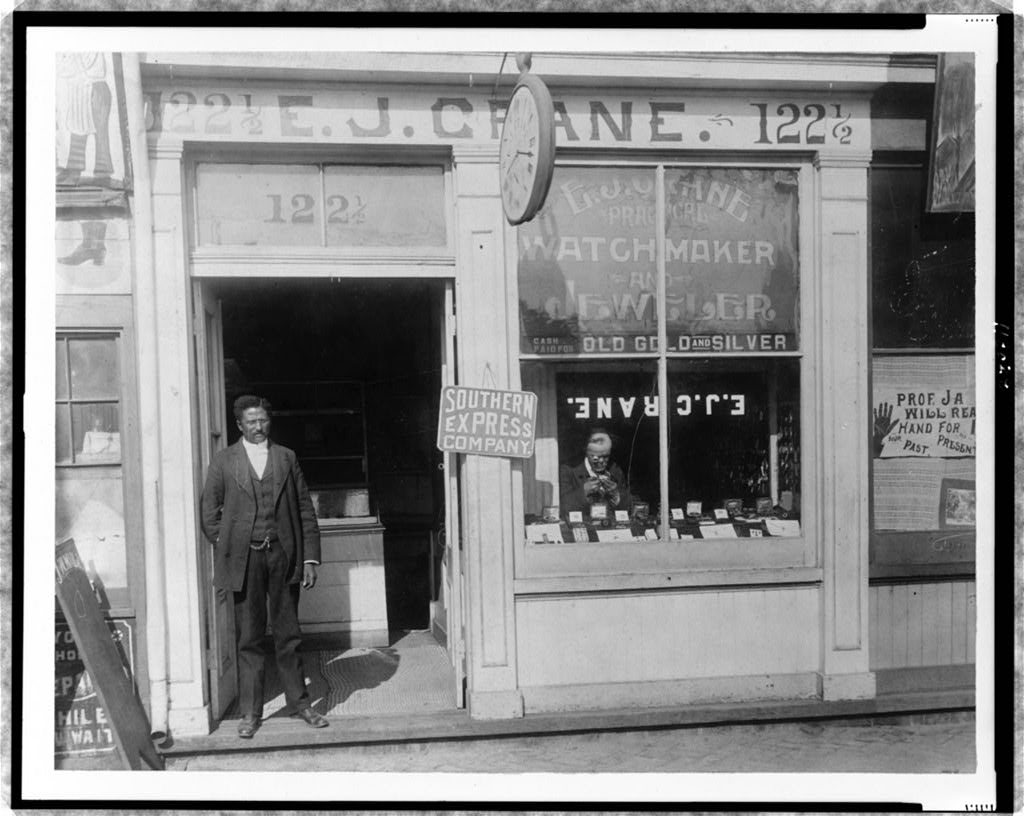
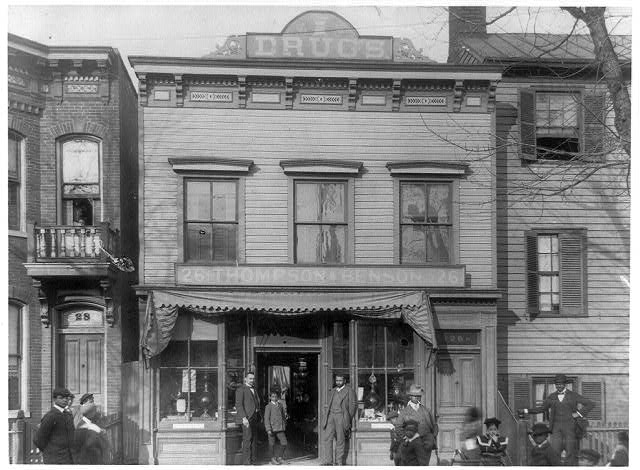
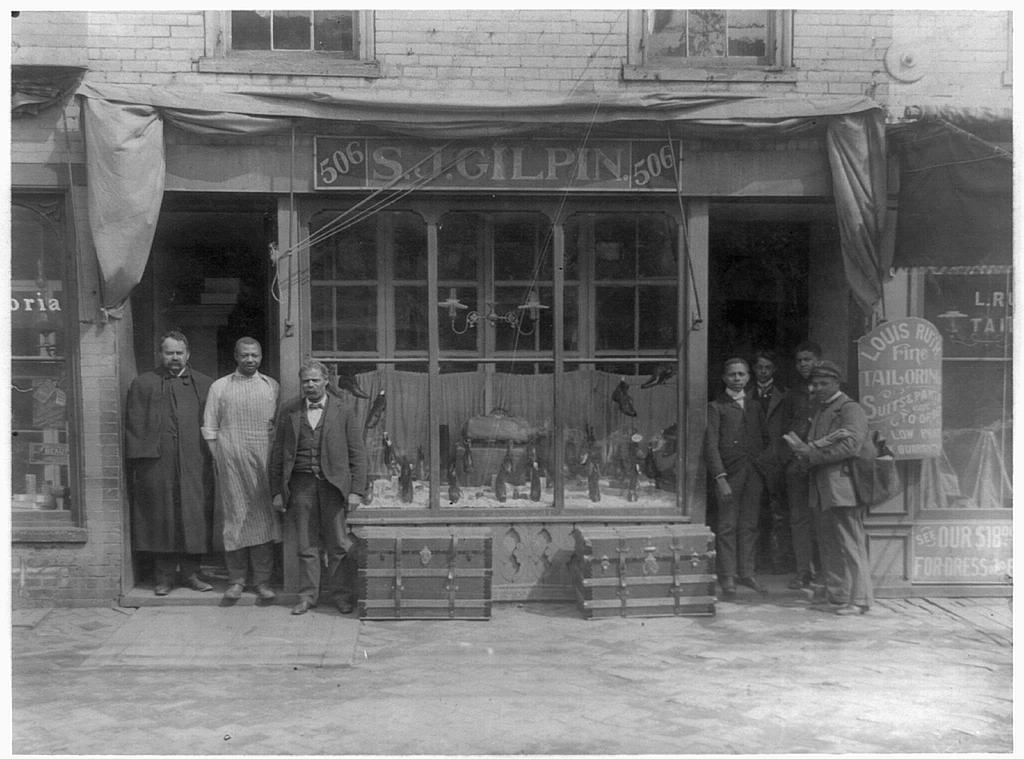
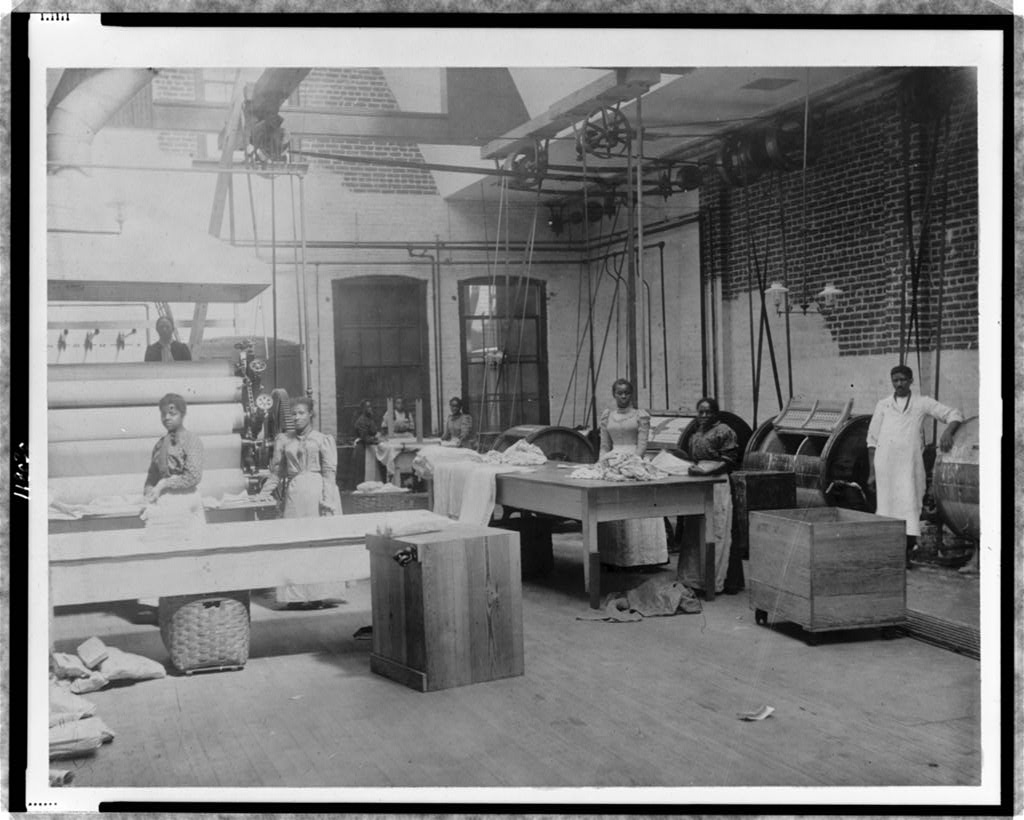
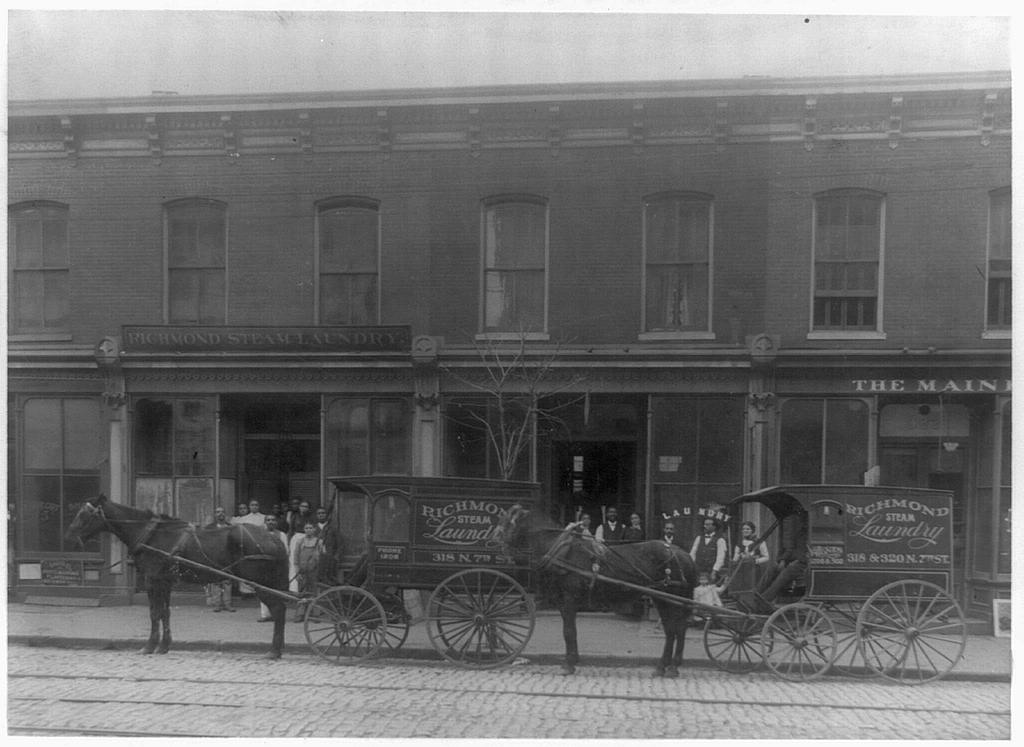
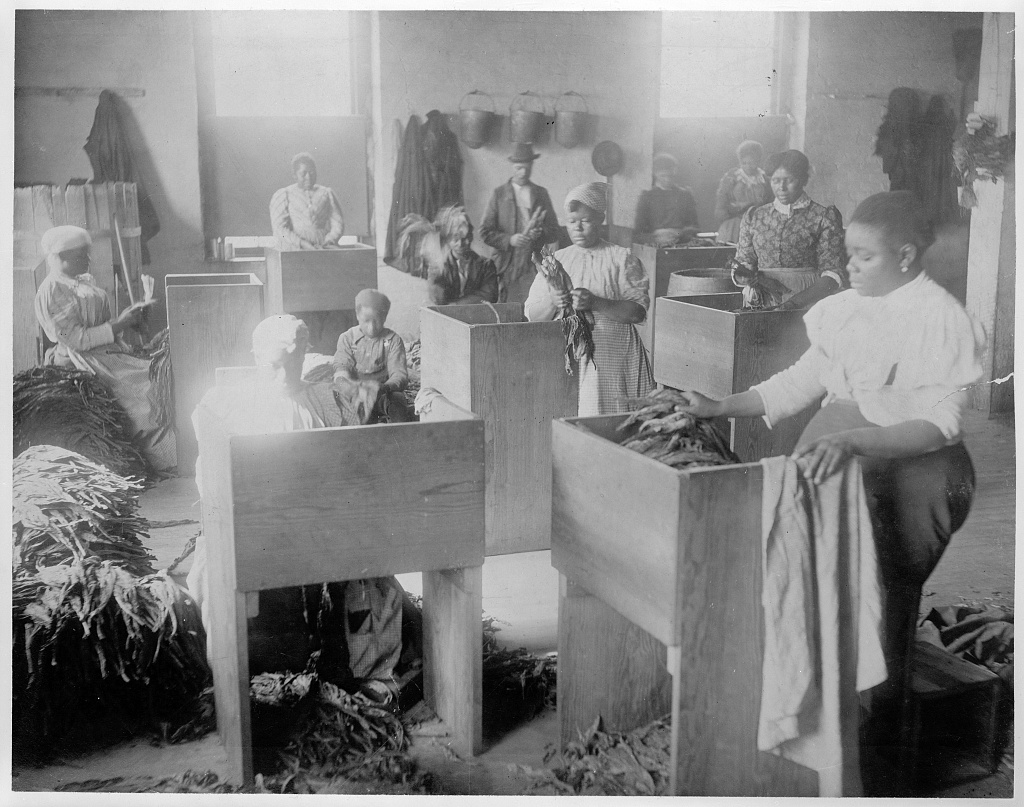
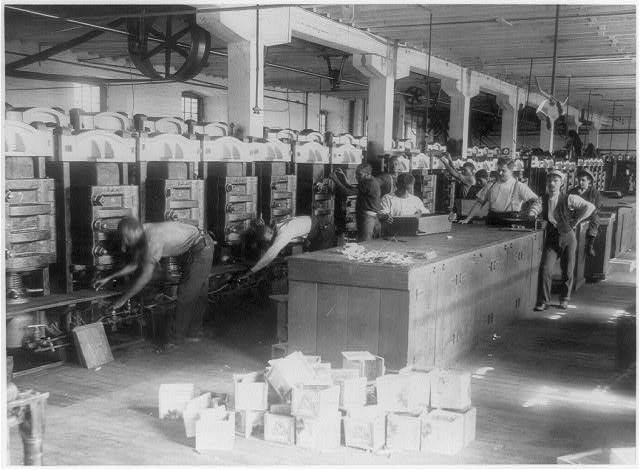
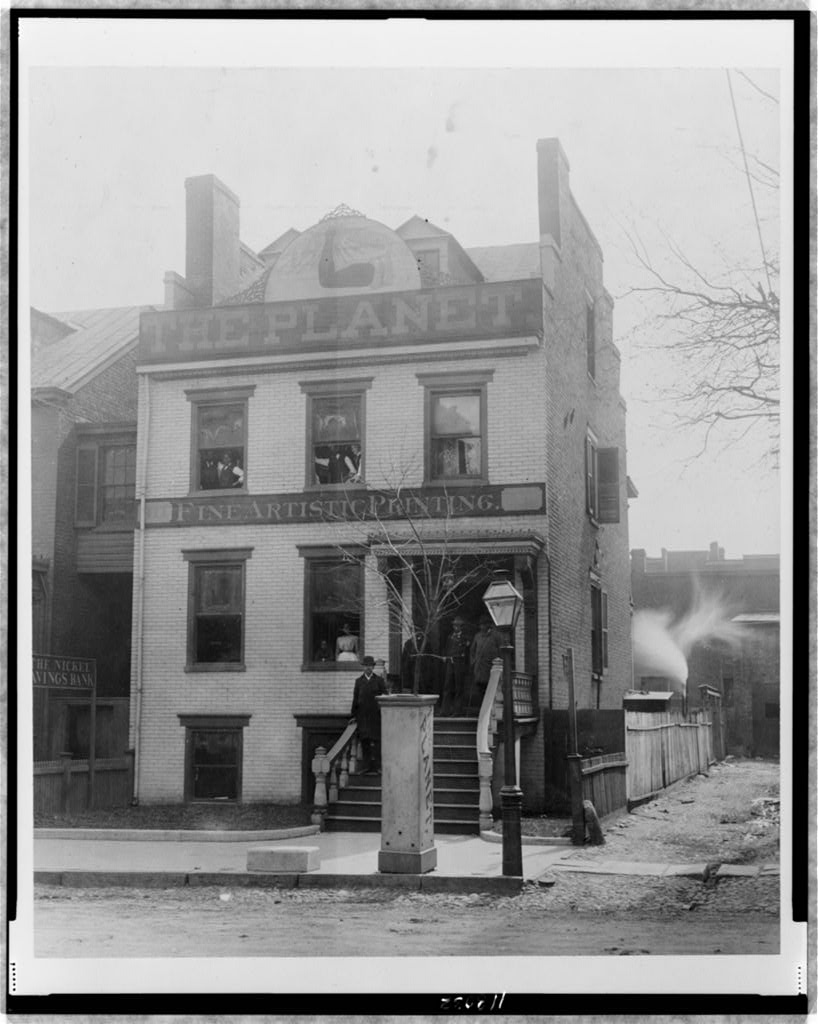
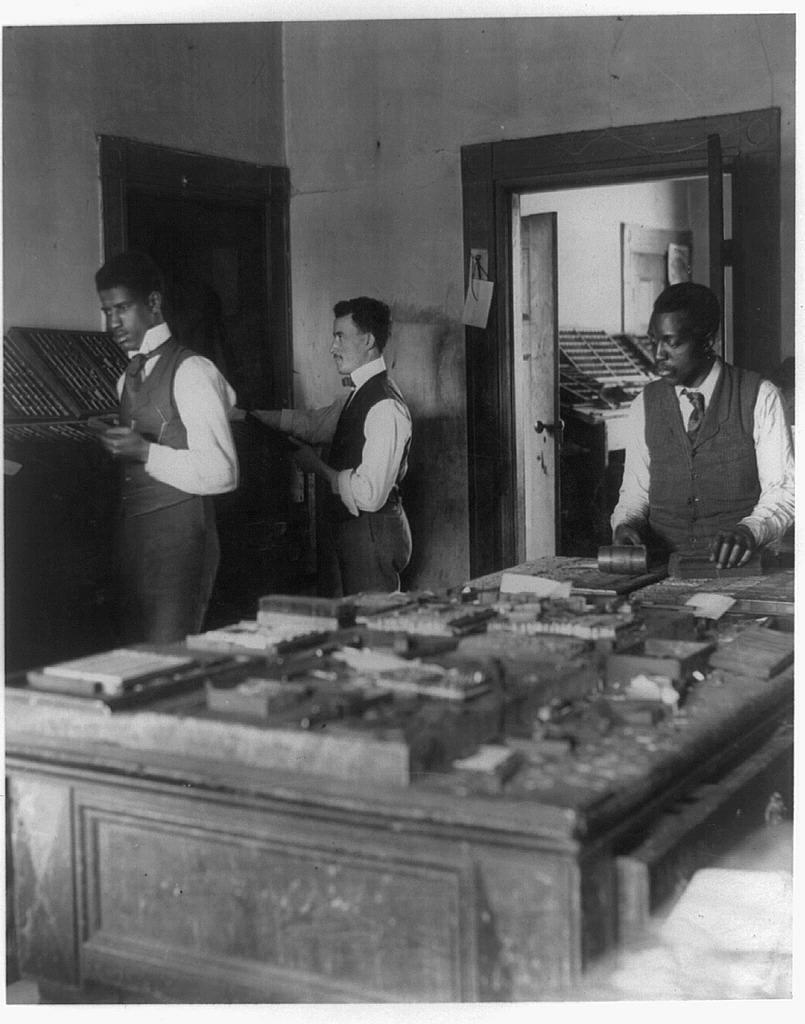
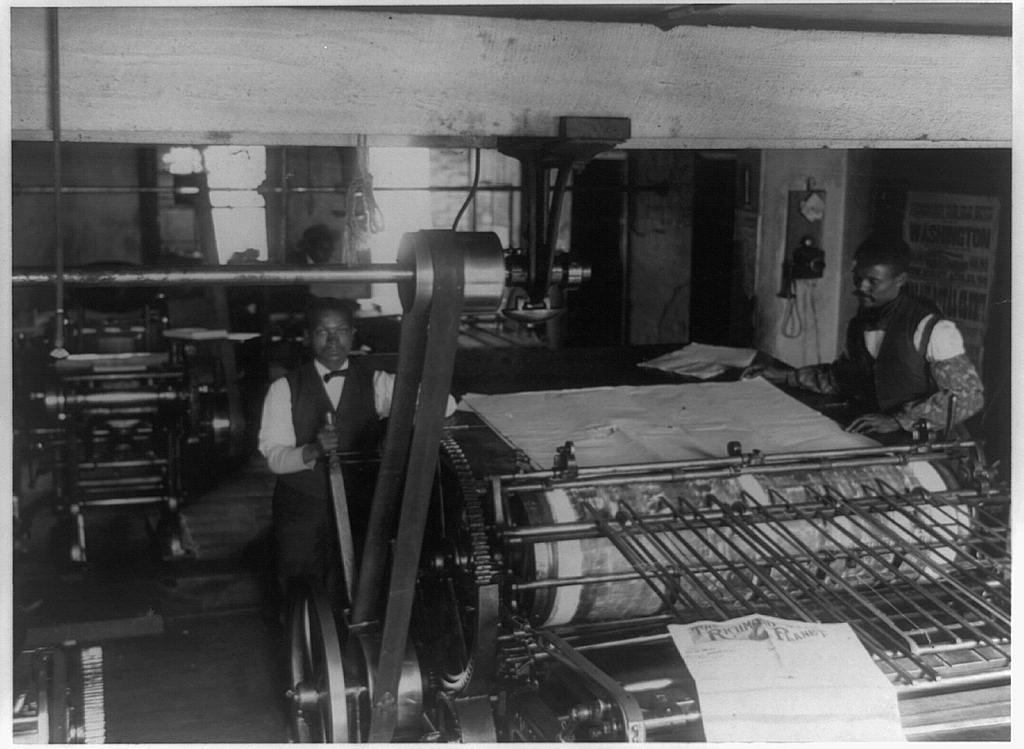
excellent issues altogether, you just gained a brand new reader.
What might you suggest in regards to your put up that you
simply made some days ago? Any certain?
I don’t understand your question?